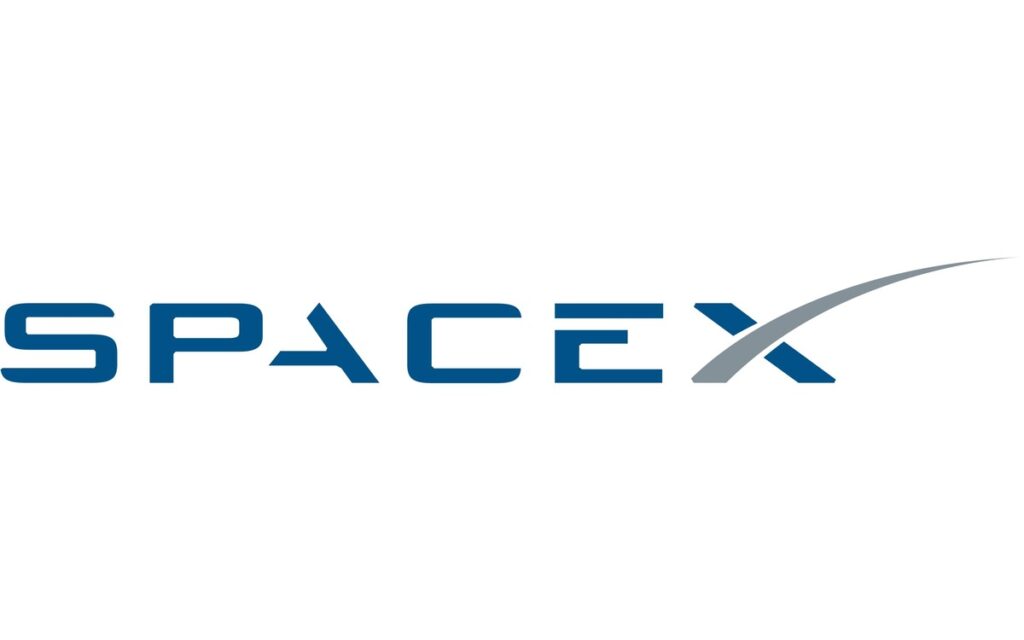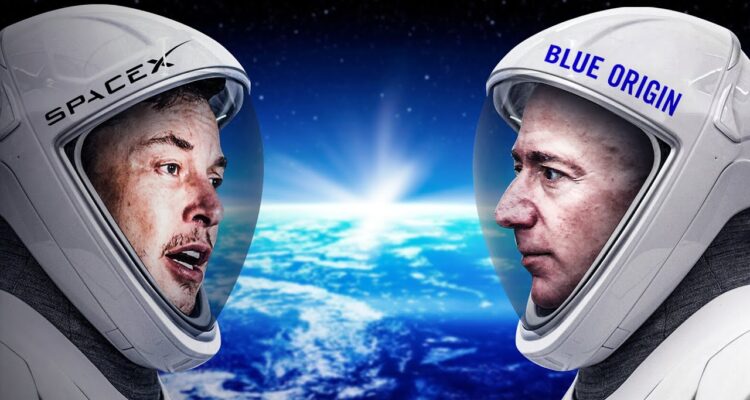
V.S.

Introduction to Blue Origin
Jeff Bezos, the former CEO of Amazon and one of the world’s wealthiest people, founded the firm in 2000 with the hope of creating space travel more inexpensive and accessible to a bigger — if still small and immensely wealthy — segment of humanity.
Single-use launch systems are among the reasons that traveling past Earth’s atmosphere is so expensive, and Blue Origin set out to develop reusable rockets in the hopes of lowering the overall cost. The business’s first 15 years were cloaked in secret as Jeff Bezos, and his team built their technology, but the corporation has emerged from the shadows in recent years with a slew of successful launches. As seen by previous flights that have generated news, their efforts have been mainly focused on space tourism to this time. According to The Washington Post, the business sent actor Michael Strahan to Space. Overall, the company has had a sluggish start, but it doesn’t imply we should write them off. While preceding flights have only gone as far as the edge of the universe, the business has its eyes set on farther-flung destinations.
Introduction to SpaceX
Elon Musk established SpaceX in 2002, almost simultaneously with Blue Origin, according to Brittanica. In addition to SpaceX, Musk has built a reputation for himself as the face of a number of technology firms, including PayPal, Tesla, and The Boring Company. Musk is said to have influenced Robert Downey Jr.’s portrayal of Tony Stark in Iron Man 3. Musk, like Jeff Bezos, founded SpaceX in order to make space travel cheaper through inventions such as reusable rockets.
Unlike Bezos, Musk had taken little effort to conceal his loftier ambitions, which include conquering Mars as soon as possible. SpaceX has made rapid progress into orbit over the last two decades by constructing a roster of rockets, a crew delivery craft, and developing continuous cooperation with NASA on multiple missions, according to Slate. SpaceX has become a big role in commercial space activities by this point, as Slate points out. Their launch capabilities are so reliable that in 2021, they set a new record with 31 launches, many of them were in assistance of the Starlink satellite internet program.
First Flight of Blue Origin
Blue Origin deployed its New Shepard rocket from its launch facility in Texas on April 29, 2015, following 15 years of near-total secrecy. The rocket, called after Alan Shepard, the very first American to go out into Space, flew to an altitude of 307,000 feet, and the journey went off almost without a hitch, save for one big hiccup. Due to a lack of hydraulic pressure, the rocket’s propulsion unit was lost. This isn’t normally considered a failure in and of itself. Propulsion systems were not routinely recovered at the time, but Blue Origin made reusability a priority in their architecture and actually intended to retrieve the propulsion module. Despite the loss of the module, the flight has been judged a success for the firm and marked the start of what would become the most public phase of Blue Origin’s operation. Following the test flight, the business estimated that suborbital flights with a crew would be completed in a few years. Five years later, that prophecy would come true.
First Flight of SpaceX
SpaceX accomplished its initial test flights of the Falcon 1 only four years after its founding (via Brittanica). The flight was cut short due to a gasoline leak, which resulted in a fire, which drove the plane to crash. The Falcon 1 did make it into orbit in 2008 after two more failed test flights. The Falcon 1 was immediately decommissioned in favor of the company’s actual workhorse, the Falcon 9 after its successful flight provided a proof of concept of SpaceX’s flight capabilities. According to Space Flight Now, these rockets, along with the Falcon Heavy, are named after the Millennium Falcon from “Star Wars.”.
The 9 Merlin engines that drive the rocket’s first stage are denoted by the numeric designator in the name. The Falcon 9 launched successfully for the first time in June 2010 from Cape Canaveral, Florida. According to The Washington Post, the rocket’s development was partially funded by a NASA contract with the goal of the flying mission to the International Space Station. As per the Federal Aviation Administration, SpaceX has flown more than 80 times since that first successful flight, making it a significant player in current spaceflight.
First Crew
With the accomplishment of its first crewed launch in July 2021, Blue Origin delivered on its promise of bringing humans on suborbital trips (via Space). Their New Shepard spaceship launched just after 9:00 a.m. from the group’s launch facility in Texas. Jeff Bezos was among the four-person crew, as was Wally Funk, who, at the age of 82, set a new record for the oldest man to venture into Space. During NASA’s early projects, Funk was among 13 women who prepared alongside Mercury astronauts. Sadly, neither she nor any of the other ladies who had trained were given the opportunity to fly.
The New Shepard flight took a little step in the right direction. It also solidified Blue Origin’s place in private spaceflight history. The journey lasted only about ten minutes, but it was long enough to cross the Kármán line, which marks the point at which a vessel can no longer depend on the lift and is one of the most widely recognized markers of Space.
After the completion of the International Space Station in 2011, the space shuttle program was retired, and the United States lost its ability to launch humans from American soil (via Space). According to Forbes, all crew launches from Russia at the time took place aboard the Soyuz spacecraft. With the successful launch of Demo-2 in 2020, NASA was able to go back launch operations to the United States, which was one of the agency’s key aims in the intervening years. Demo-1, which was uncrewed but successfully connected with the International Space Station, preceded the highly-publicized flight. Demo-2 took out from the Kennedy Space Center on May 30, 2020, bringing astronauts Robert Behnken and Douglas Hurley on a month-long trip to the International Space Station (via NASA).
The mission was SpaceX’s last test flight of the Crew Dragon capsule, and it successfully restored US launch capabilities. Ever since, SpaceX has launched several operational crewed trips to the International Space Station with larger crews, most of which have been successful. Crew Dragon’s achievement shows that SpaceX could not only deploy and repurpose rockets but also utilize them to safely transport astronauts.
Conclusion
Both firms have shown to be formidable in terms of completing their objectives, rescuing people from the ground, and securely returning them to Earth. In one very significant regard, it’s the only criterion for a space program’s success. Despite this, SpaceX has hundreds more operations than Blue Origin, involving regular visits to the International Space Station (ISS), bringing both crew and cargo. At least for the time being, SpaceX appears to be miles ahead of Blue Origin, and their cooperation with the planned Artemis missions seems to solidify that position.
Like this post? Check out our V.S. Story Section


No Comments